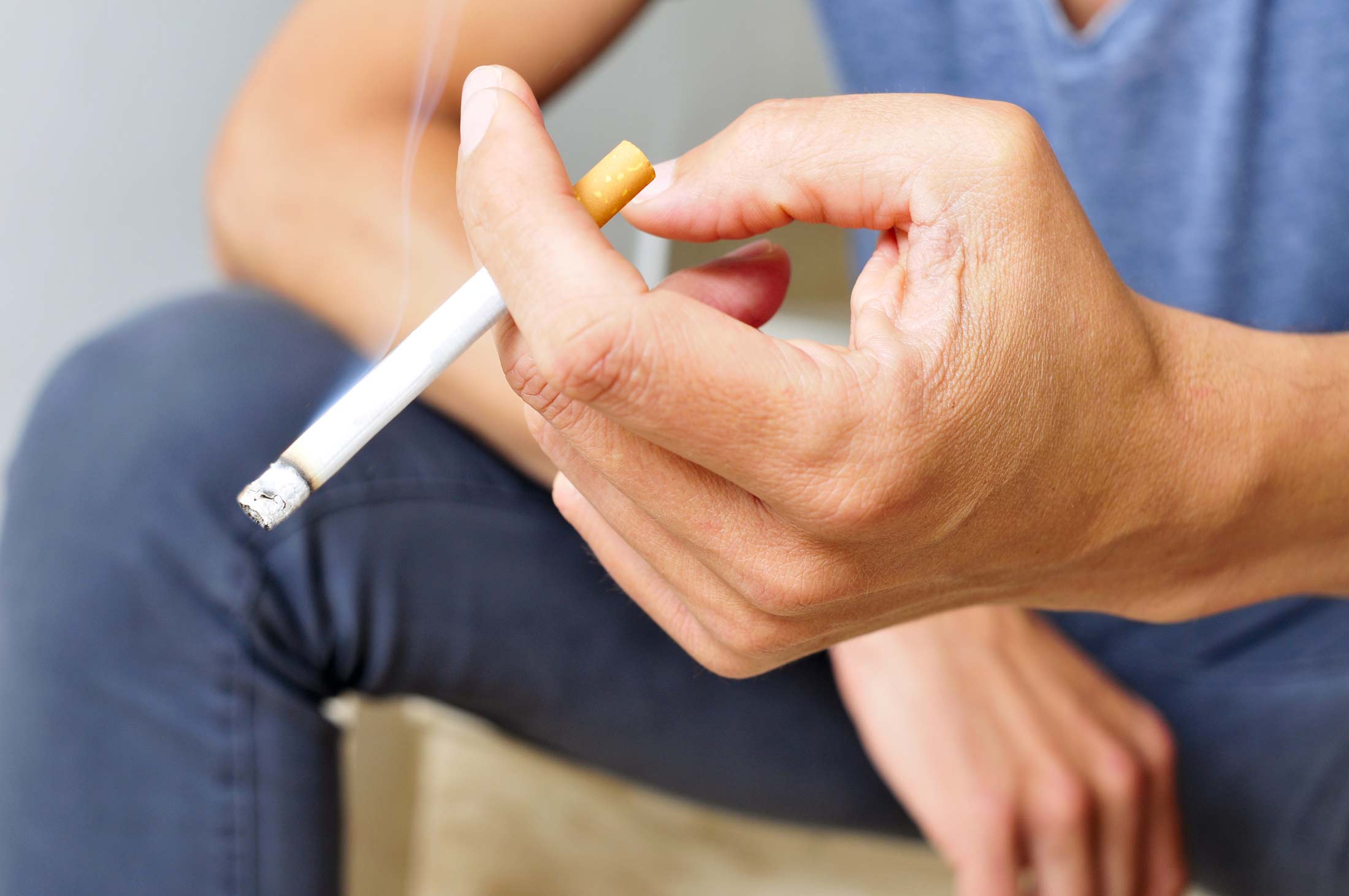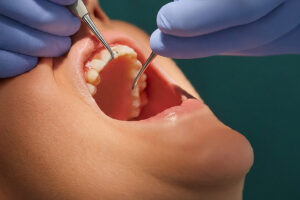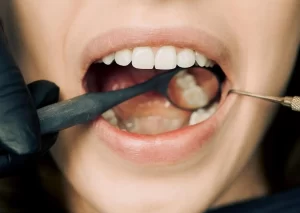How to Smoke after Tooth Extraction without Getting Dry Socket

You’re looking for information on how to smoke after a tooth extraction without getting dry socket. However, we strongly advise against smoking altogether after any oral surgery, including tooth extraction.
Smoking significantly increases your risk of developing dry socket, a painful complication where the blood clot at the extraction site dislodges, exposing the bone and nerves.
Table of Contents
What happens if you smoke after a tooth extraction
Smoking after a tooth extraction can lead to several complications, significantly impacting the healing process.
Here are the key risks and what happens when you smoke after having a tooth removed:
- Increased Risk of Dry Socket: The most common and painful complication is dry socket (alveolar osteitis), which occurs when the blood clot that forms in the socket (the hole in the bone where the tooth was) to protect the bone and nerves underneath is dislodged or dissolves before the wound has healed. Smoking can cause the clot to dislodge due to the sucking motion and the negative pressure created in the mouth, as well as from the chemicals in the smoke that can interfere with healing.
- Delayed Healing: The chemicals in tobacco smoke can impair blood flow and affect the function of the cells responsible for wound healing. This can slow down the healing process, making the extraction site more susceptible to infection and complications.
- Increased Risk of Infection: Smoking decreases the mouth’s ability to fight infection by reducing the production of saliva, which has antibacterial properties, and by compromising the immune response. The warm, moist environment of the mouth can become a breeding ground for bacteria, increasing the risk of infection at the extraction site.
- Poorer Outcome for Dental Implants: If you’re planning to get a dental implant after an extraction, smoking can decrease the success rate of the implant. Smoking affects bone healing and integration with the implant, a process known as osseointegration.
- Increased Pain: Due to the higher risk of dry socket and infection, smoking after tooth extraction can lead to increased pain and discomfort during the healing process.
- Longer Recovery Time: All these factors contribute to a longer recovery time, meaning it will take longer for you to get back to your normal activities without experiencing pain or other issues.
The safest and most responsible approach is to avoid smoking completely for at least 72 hours after your tooth extraction.
This gives the blood clot ample time to form and solidify, significantly reducing your risk of dry socket. If you’re struggling to quit smoking, your dentist can offer additional support or refer you to resources that can help.
How to smoke after tooth extraction to prevent dry socket
Here are some tips that might reduce the risk of developing dry socket, though it’s important to note that these measures do not guarantee prevention:
- Wait as long as possible: Ideally, you should wait at least 48-72 hours after the extraction before considering smoking. The first 72 hours are critical for healing and clot formation.
- Use nicotine patches: Consult with your healthcare provider about using nicotine patches to manage your cravings in the days following your tooth extraction. This can help you avoid smoking directly.
- Rinse with salt water: Before and after you smoke, gently rinse your mouth with salt water to help kill bacteria and reduce the risk of infection. Do not do this immediately after the extraction; wait at least 24 hours.
- Gentle smoking: If you must smoke, try to inhale gently to reduce the suction pressure in your mouth, which can dislodge the blood clot. Some people recommend covering the extraction site with a damp gauze pad while smoking to protect it, though this is not foolproof.
- Consider smoking alternatives: Look into alternatives that don’t involve inhaling through the mouth, such as nicotine lozenges or gum, to satisfy your nicotine cravings without affecting the extraction site.
- Maintain oral hygiene: Keep up with your oral hygiene by gently brushing your teeth, avoiding the extraction site, to reduce the risk of infection. Follow any cleaning instructions your dentist has given you.
- Follow your dentist’s advice: Your dentist might provide you with specific instructions based on your situation. It’s crucial to follow these guidelines closely.
Remember, these tips are not a guarantee against dry socket or other complications related to smoking after tooth extraction.
The best course of action is to avoid smoking entirely until the site has fully healed. If you’re struggling to quit smoking, especially in situations like this, consider seeking support from healthcare professionals who can provide resources and guidance tailored to your needs.
Smoking After a Tooth Extraction With Gauze
Smoking after a tooth extraction, even with gauze placed over the extraction site, is not recommended due to the risks it poses to the healing process.
While placing gauze over the site might seem like a protective measure that could reduce the risk of complications such as dry socket, it does not eliminate the risks associated with the act of smoking itself. Here’s why:
- Negative Pressure: Smoking involves the creation of negative pressure in the mouth, which can dislodge the blood clot essential for healing, even with gauze in place. The blood clot serves as a protective layer over the underlying bone and nerves and is crucial for the formation of new tissue.
- Chemical Exposure: Tobacco smoke contains numerous chemicals that can impair wound healing and increase the risk of infection. These chemicals can still affect the extraction site despite the presence of gauze, as they can be absorbed by the tissues surrounding the site or enter the bloodstream.
- Reduced Blood Flow: Nicotine, a key component of tobacco smoke, causes blood vessels to constrict, reducing blood flow to the healing area. This can slow down the healing process and increase the risk of complications.
- Contamination: The gauze itself can become a conduit for chemicals and contaminants from the smoke to the extraction site, potentially increasing the risk of infection and irritation.
When can I smoke after tooth extraction?
It’s best to wait at least 48-72 hours before smoking after a tooth extraction to significantly reduce the risk of complications like dry socket. Waiting even longer, ideally until the extraction site has fully healed, is strongly recommended for the best healing outcome.
Fact Checked
Our dedicated team rigorously evaluates every article and guide to ensure the information is factual, up-to-date, and free of bias.
Updated Regularly
We update our articles and reviews regularly to ensure you have access to the latest data in the dental industry.
The content on Dental3DU’s blog is intended for educational purposes only. This information should not be relied upon as professional medical counsel. Be sure to always consult with your dentist about the dangers and benefits of any medication, treatment or procedure.







